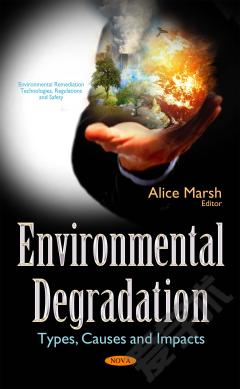Estuaries: Types, Movement Patterns and Climatical Impacts
Estuaries are productive ecosystems of high ecological value. They are important habitats for various species and those of highest value are protected by national and international conventions. This book highlights possible pollution impacts in a protected estuarine ecosystem, Amvrakikos Gulf, considered as one of the most important wetlands in Greece. In addition, the Changjiang (Yangtze) River is known to contribute significantly to the ecosystems of the Changjiang River estuary and adjacent waters. In this book, some long-term data of freshwater discharge, sediment load, nutrient concentrations and compositions in the river and estuary waters are presented, as well as the long-term response of the ecosystem in the estuary. Moreover, the literature on modern estuarine diatoms from Argentina is revised in order to synthesize the available ecological information and to detect possible modern analogues for Quaternary diatom assemblages. The authors also discuss negative or inverse estuaries, those where seawater is concentrated by the removal of fresh water, in the Northern Gulf of California. The challenges facing the sustainable management of temporarily open/closed estuaries (TOCEs) is addressed as well, critical in some cases because their ecological integrity, biodiversity and nursery function have already been compromised.
{{comment.content}}








 京公网安备 11010802027623号
京公网安备 11010802027623号